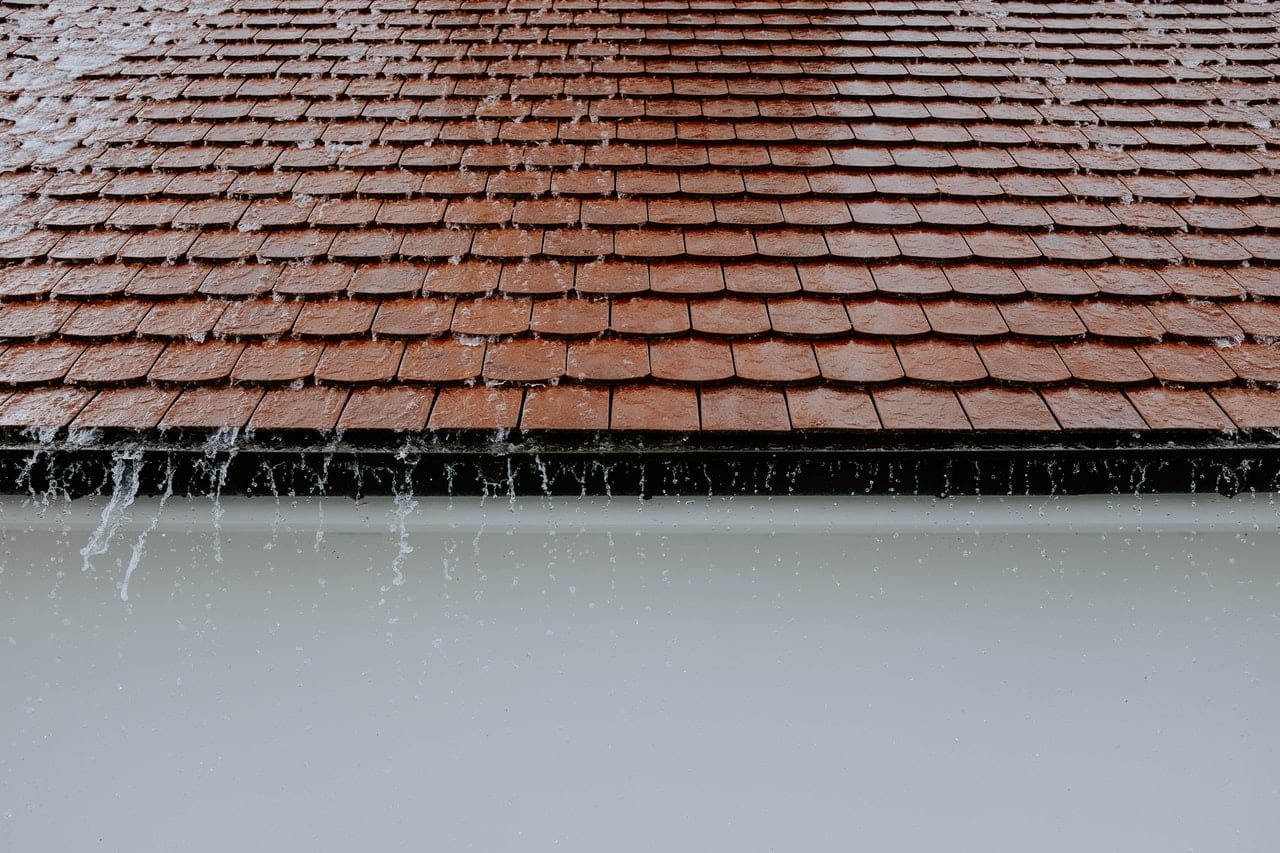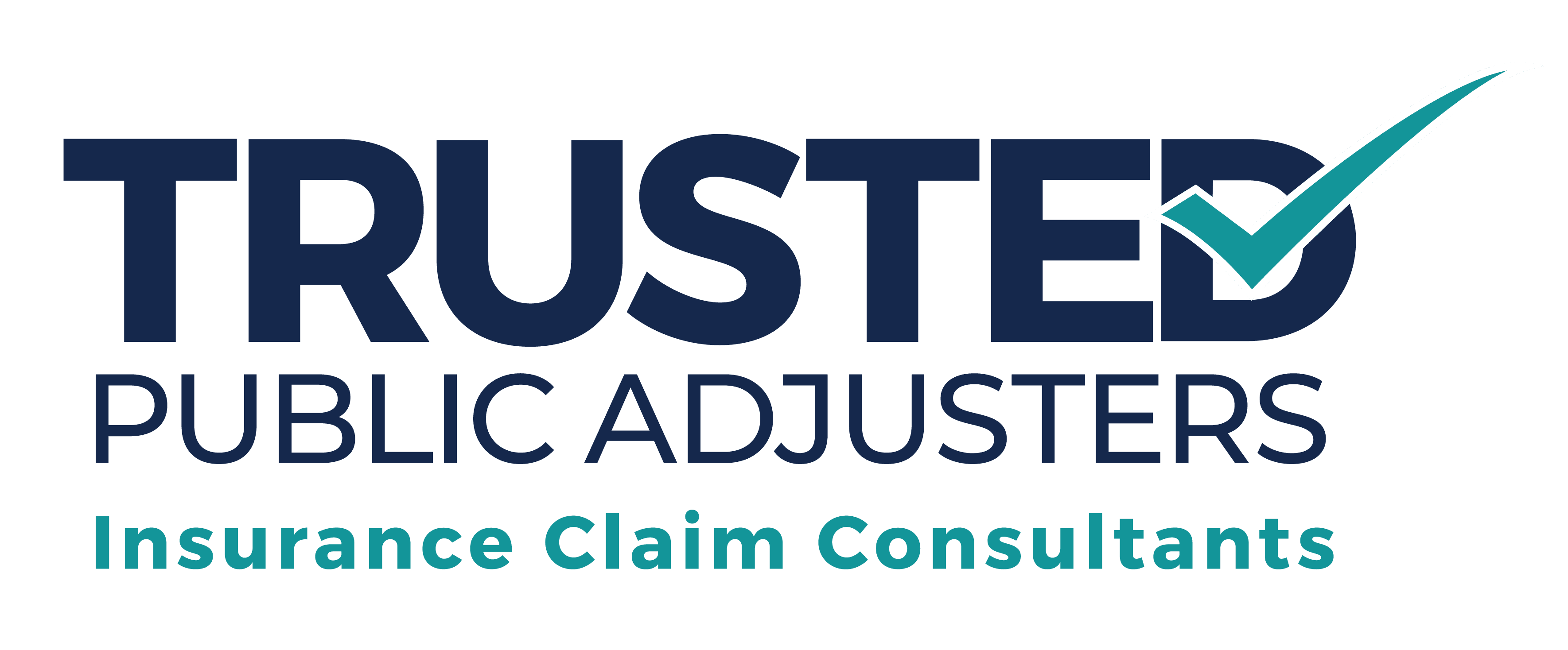
It’s South Florida where the weather by 2 pm is a mini hurricane in the making, when the weather turns into a rainy wind storm there are typically two types of damages that can occur: structural and aesthetic. Wind can cause damage to your roof by causing loose or broken shingles, tearing off your roof and damaging the walls, blowing out any windows on the lower level of your house, dislodging exterior chimneys and knocking them off their masonry base, uprooting trees that may have been planted close to your home, cutting power lines or phone lines leading to your yard/house or blowing them away completely.
The most common form of damage to a roof in a windstorm is that of Loose or Broken Shingles and Tiles!
A popular misconception about roofing is that shingles and tiles are the only things protecting the structural integrity of your home. In reality, while shingles and tiles are a vital part of keeping your home protected from leaks, they are not the only factor in protecting your home from wind and water-related damages.
The next most common form of damage to occur in wind storms is that involving structure and aesthetics. In many cases, you can find damage to your roof as a result of:
Torn off shingles or flashings ( these are the fasteners and flakes that hold the shingles down). Broken or cracked tiles or flashing pieces on top of a weather-resistant membrane. Dislodged field tiles will damage the waterproofing barrier protecting the home from the elements.
These and other types of damages can have long-lasting effects on your home’s structure after it’s repaired. A damaged roof can cause leaks, which over time may cause water damage inside your home. This in turn could lead to mold, mildew, or rot problems. A weather-resistant membrane can also be a direct and essential medium between your home and its ability to keep out moisture. If the membrane is damaged your home may be directly exposed.
With all of these potential problems from just one wind storm, how do you prevent them?
The best solution is to have your roof inspected after each wind storm by a certified professional. Roof damage can be difficult to notice, especially if you are not looking for it. This is why it is always best to have a professional look over your roof after a storm.
Trusted Public Adjusters are the trained professionals for the job. We have HAAG Certified Inspectors on staff to properly report and document your damages. Proper documentation is very important to an insurance claim and will help maximize your claim.
